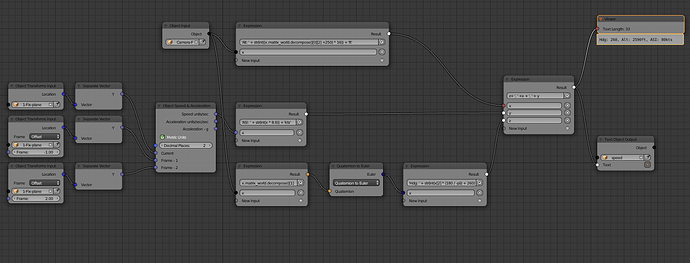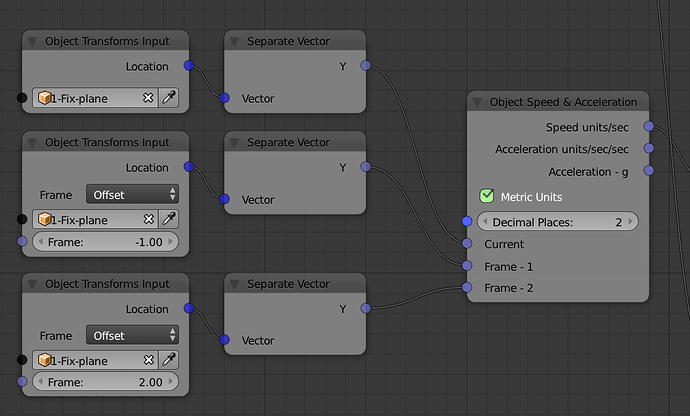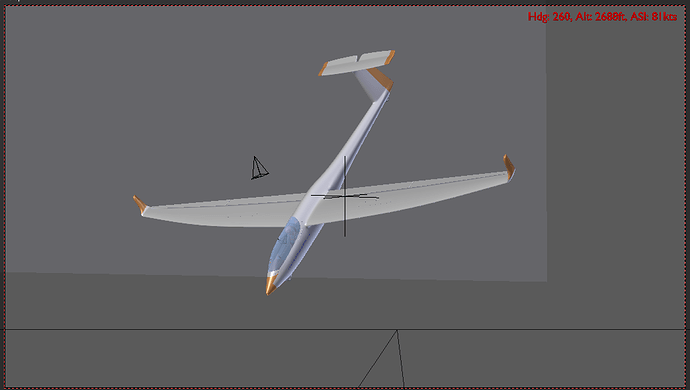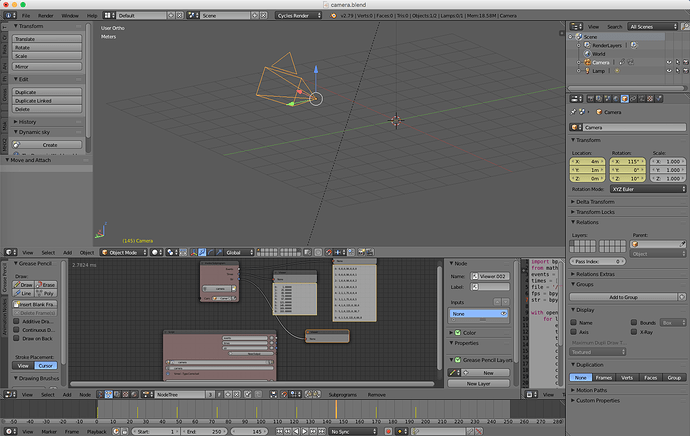Well, how do I respond to that? Oh yes, I have thought a little:
The first part of my response demonstrated an understanding of how to derive acceleration from motion, it is safe to assume I can work the other way around, since the equations can be re-arranged.
Q1) Do you have similar knowledge?
Q2) Did your post demonstrate that knowledge?
The second part of my post demonstrated an ability to use large complex external data to animate motion. Both parts demonstrated my ability to code this into Blender.
Q3) Do you have similar knowledge?
Q4) Did your post demonstrate that knowledge?
Q5) Did you read and understand all of my post, including its implications for solving this issue, or demonstrating that such data could not be used?
Q6) Have you provided information, or opinion, contributing meaningfully to the discussion, i.e. a route to a solution?
As the answers to all these questions is apparently, in its simplest form, a two letter word, I would offer this piece of historically quoted advice, although somewhat para-phrased:
“It is sometimes better to remain silent and let the world think you ignorant of an issue, rather than speak and remove all doubt”. Which might be re-interpreted as “If you have nothing meaningful to contribute, contribute nothing”.
Despite this being grammatically incorrect English, I was able to decipher its meaning and more easily, its unfortunate innuendo, so this begs the question; How does this remark add meaningfully to the discussion and help to resolve the issue and what was the purpose of the remark?
In the past I have written my most barbed remarks in Latin to spare the feelings of the recipient, this time I felt that offered no tangible benefit.
Cheers, Clock. 
PS. To those who do understand the issue:
Can someone provide me with some raw camera accelerometer data, in flat text format, that I might use to further develop the work I started yesterday on this issue:



